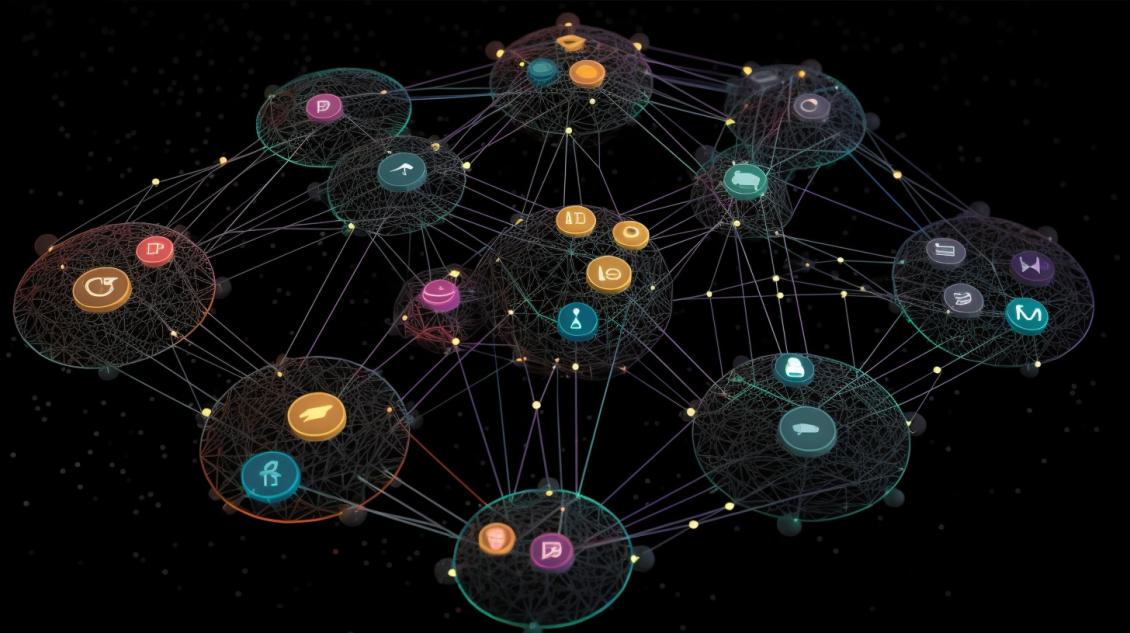At the crossroads of finance and technology, blockchain stands as a harbinger of change. Pioneering a digital revolution, blockchain’s impact is discernible across industries, with its major prowess being felt in the realm of cryptocurrency trading. This piece provides a bird’s eye view of the numerous blockchain protocols at work in the crypto-marketplace, shedding light on their distinct capabilities, potential, and challenges.
The Journey of Blockchain: From Inception to Evolution
With roots dating back to Bitcoin, the avant-garde cryptocurrency brainchild of the enigmatic Satoshi Nakamoto, blockchain technology first entered the scene as an innovative support system for decentralized digital currency. The crux of this technology? A unique consensus mechanism named Proof-of-Work (PoW) [1].
[1] Nakamoto, S. (2008). Bitcoin: A Peer-to-Peer Electronic Cash System. https://bitcoin.org/bitcoin.pdf
However, as the crypto-landscape expanded, new consensus mechanisms sprung to life. Engineers sought alternatives to PoW, aiming to curb its energy-draining tendency and avert the possible centralization of mining power. The result? An array of unique blockchain protocols, each tailored with a different approach to achieve consensus and ensure security.
Dissecting the Protocols: A Look into the Major Players
Proof-of-Stake (PoS) – Championed as a greener, more efficient kin to PoW, PoS permits transaction validation and new block creation based on a participant’s crypto holdings—their “stake”— and other factors like the age of their coins. Ethereum 2.0, currently in transition from a PoW model, stands as a testament to the PoS blockchain.
Delegated Proof-of-Stake (DPoS) – An offshoot of PoS, DPoS empowers token holders to vote for a handful of validators, known as “delegates”, to validate transactions and forge new blocks. DPoS streamlines scalability, reduces centralization, and maintains energy efficiency. Cryptocurrencies EOS and TRON operate on DPoS.
Proof-of-Authority (PoA) – This consensus mechanism banks on a select group of trusted validators. Boasting faster transaction processing times and lower energy consumption than its predecessors, PoA does compromise some decentralization, as power lies with appointed validators. VeChain, catering to supply chain management and business operations, is a renowned PoA-based blockchain.
Proof-of-Elapsed Time (PoET) – Developed by Intel, PoET employs a trusted execution environment (TEE) to secure a just validator selection process. Participants wait for a random time before creating a new block, the first to complete their wait earns validation rights. It promotes energy efficiency and fair participation, while maintaining security via TEEs. Open-source enterprise blockchain platform, Hyperledger Sawtooth, utilizes PoET.
Practical Byzantine Fault Tolerance (PBFT) – Designed to tackle the Byzantine Generals’ Problem, a hurdle in coordinating distributed systems with potential rogue nodes, PBFT brings a network to consensus given two-thirds of its validators are honest. It enhances defense against malicious threats and facilitates faster transaction processing than PoW. The Stellar Consensus Protocol (SCP), a Stellar adaptation, uses a modified version of PBFT.
Pioneering Tomorrow: The Future of Blockchain Protocols
Layer 2 Scaling Solutions – As blockchain demand escalates, developers look to Layer 2 scaling solutions to augment the performance of existing blockchain protocols. Such solutions, including the Lightning Network for Bitcoin and Ethereum’s Raiden Network, supercharge transaction speed and affordability while retaining security and decentralization [2].
[2]Lewenberg, Y., Sompolinsky, Y., & Zohar, A. (2015). Inclusive Block Chain Protocols. In International Conference on Financial Cryptography and Data Security (pp. 528-547). Springer, Berlin, Heidelberg.
Interoperability: The Key to a Unified Blockchain Ecosystem – Interoperability, or the seamless integration and exchange of information between various blockchain networks, is another frontier in blockchain protocol innovation. Ambitious projects like Polkadot and Cosmos are shaping a future where disparate blockchain protocols can communicate, sparking new opportunities for cross-chain transactions and decentralized applications.
Final Thoughts
The universe of blockchain protocols in cryptocurrency trading is a dynamic expanse of constant evolution. Developers persistently pursue novel avenues to enhance scalability, bolster security, and optimize efficiency. As we gaze into the future, we can anticipate a wave of innovation in consensus mechanisms, and the advent of trailblazing blockchain protocols set to sculpt the landscape of cryptocurrency trading and its underlying technology.



